November 2011 is a month that I’ll never forget. It was when I met my very first blood relative and had a life-changing experience in Seoul, South Korea. For those who don’t know, I was adopted from Seoul, South Korea at the age of six months to my Japanese American adoptive mother and Caucasian adoptive father. In Hawaii, it’s pretty common for children to be hapa (half Asian), so I never questioned my mixed family or the fact that I myself didn’t look hapa. I’ve known I was adopted for most of my life. So it never came as a surprise or feature that disturbed me. I had a great upbringing and felt that I came into my own pretty well, as a well-traveled professional photographer. Prior to the trip, I firmly believed that nurture reined over nature, and I wasn’t expecting it to be a life-changing experience. Boy, was I wrong.
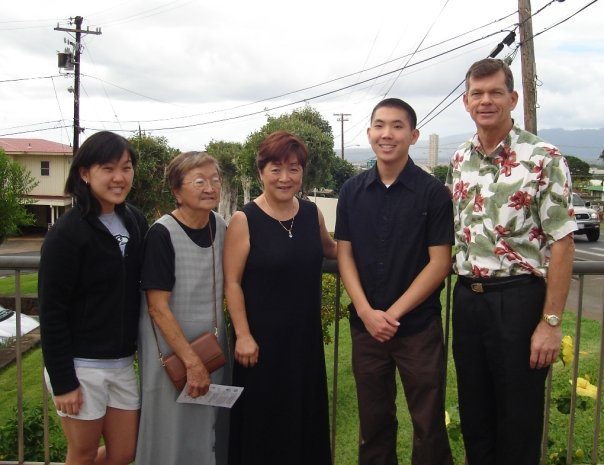
With my adoptive family in Hawaii.
My Background
Raised as a Korean adoptee in Hawaii, I really can’t complain about my life. I had loving parents and an adopted sibling, and I was raised in Hawaii, where Asians are hardly a minority. While I didn’t know any other adoptees, I grew up very familiar with Asian cultures given cultural melting pot that is Hawaii.
First Contact with my Birth Father
At the age of 18, I left Hawaii to study in Tacoma, Washington. While trying to settle into a new life, my birth father sent me a personal correspondence through my adoption agency. It was a heartfelt and emotional letter, written in Korean and translated into English. In essence, he was asking my forgiveness for giving me up as an infant. Since adoption was hardly a negative thing in my eyes, it was easy enough to reply back granting forgiveness and trying to briefly update him about the last 18 years of my life. From then on, his correspondences became even more emotional as he seriously inquired about meeting me in person. Unsure of how to respond, I turned all communication over to my adoptive mother, and never replied back.
- Part of my Caucasian adoptive family.
- Part of the Japanese part of my family.
Second Contact with my Birth Father
Fast forward 7 years. I was contemplating breaking free from my corporate job and starting my photography business when I received the opportunity of a lifetime. My social worker called offering a scholarship for an all-expenses-paid trip Seoul to meet my biological father. The trip was intended for Korean adoptees with the purpose of helping them gain knowledge and appreciation for their motherland. Every Korean adoptee selected for this program all had one thing in common: we were going to reunite with our biological parents for the first time. After much deliberation including an emotional breakdown at the airport that nearly prevented me from leaving Seattle, I departed for Seoul.
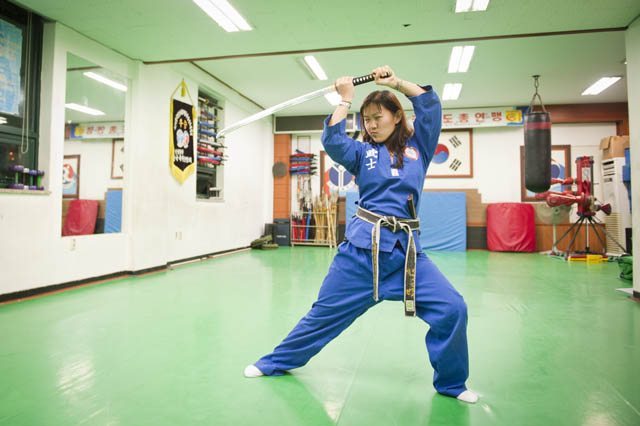
Wearing appa’s black belt in his martial arts studio in Korea.
About the Program
This adoptee program was coordinated by an organization known as the Eastern Social Welfare Society (ESWS). Based in Seoul, ESWS provides many services for babies up for adoption, single mothers, and disabled children. This particular program was the first of its kind. ESWS had received a large grant from the Korean government to bring adoptees Korea back to their motherland on a visit. Priority was given to adoptees with a high chance of coming into contact and meeting their birth families, and several days of the week-long program were dedicated to activities with the birth family. The other days included organized sightseeing and cultural immersion experiences around Seoul. In the end, approximately nine adoptees were selected for the program and we all arrived in Seoul on November 9. About half brought their significant others, hence the mixing pot of ethnicities in our group photo below.
The Seoul Fam
Many adoptees were from all over the United States (Minnesota, Arizona, Florida, Louisiana), and one from Australia. For most of us, it was our first time meeting another adult Korean adoptee. Our first night was spent laughing at our common encounters, such as often forgetting our Asian appearance, being snubbed by native Koreans in America for not knowing our native tongue and the commonly asked question of whether we were from North or South Korea.
Each Korean adoptee had a unique background. Some had been in contact with their families for years and one even had a birth father who had only recently discovered she existed. Several of us had biological siblings while others like me were only children. A couple of adoptees in our group even had twin siblings they had never met. Despite our different backgrounds, we all became instant friends because we had two things in common: we were Korean adoptees raised in predominately white societies, and we were about to meet our birth families for the first time. It was a relief to bounce our feelings and experiences on each other.
Soul Searching in Seoul
Among the first indicators that this trip would be different was the fact that the flight attendants on Korean Air addressed me in Korean. When it became apparent I only spoke English, both the flight attendant and I flushed with embarrassment. Prior to this trip, the only word I knew in Korean was “thank you” (kamsa hamnida); I couldn’t even say “hello” (annyoung) or “goodbye” (annyeonghi gaseyo). This was my first trip to Asia since I departed as a baby. I didn’t realize that language alone would be such a big factor in my cultural adjustments.
Not even a day after we arrived, we found ourselves face to face with our own flesh and blood. Some met their entire immediate family that first day. Meanwhile, others like me only had one we interacted with throughout the entire trip. Meeting my birth father was at first strange experience. I was struggling with both jet lag and Korean cultural interactions, so my emotions were all over the place. In a very generalized summary, here are some prime things to note.
Difficulty in Communication
First, none of our birth families spoke fluent English. So we all had an instant language barrier that called for volunteer translators to be present. At first, it was odd to communicate with a translator, and many of us were nervous during our late night meetings when no translators were available. It was during these times that smartphone applications like Google Translate were put to the ultimate practical test (result: useful for basic translations, not full conversations).
Getting Spoiled All the Time
Second are the Korean customs of expressing love through food, and in our cases, shopping. There were constant meals throughout our birth family meetings. In most cases, a Korean adoptee’s omma (mother) or appa (father) would insist on feeding him or her beyond capacity. Many other birth family outings went to Seoul’s shopping districts, such as Namdemun, Dongdaemun, and Gyeongdong Markets. Whenever we so much as glanced at an item, our birth parents would whip out their wallets and insist on buying it. While it’s fun to go on a shopping spree, especially in Seoul’s bustling markets, it was at first strange to have someone you just met want to spoil you. This point goes along with my last observation.
Zero Personal Space
Many of our birth parents had no shame in gazing into our eyes, holding our hands constantly, and expressing affection and regret not being there our entire lives. While this is a natural reaction any parent meeting their long children would have, it at times felt excessive. On one hand, it was very easy to put ourselves in our birth families’ shoes and understand they were trying to make up for a lifetime of not knowing us. At the same time, it could be frustrating when our birth parents did not seem to understand our backgrounds as Korean adoptees raised in America. None of us had tragic childhoods or were currently living in destitute situations. We didn’t need to be spoiled with gifts. However, in the long run, many of us put our anxieties aside and enjoyed the time we had getting to know our second families.
Meeting My Birth Father (appa)
The first thing that struck me when I met my appa for the first time was the similarity of our physical features. It was uncanny to see someone who resembled me, had the same body and hand structures as my own, and even a similar sense of humor. Our first meeting included a stop at the Seoul World Cup Stadium before wandering the night markets. We sampled every street food we encountered, and as a food photographer, I went nuts! Appa’s philosophy is the best way to explore a new place is through photography and food, which I agreed with 100%. He stuffed me full of sundae (Korean blood sausage), duk boki (spicy rice cakes), beef jerky, kabobs, cold noodle soup, and everything else he could find. I couldn’t be happier. It was fun sightseeing, but it wasn’t until our second meeting that I really felt a connection with him.
Visiting Seongnam
For our second visit, appa took me south of Seoul to Seongnam. This was where I was born, and appa’s current place of residence. Visiting my would be hometown was much more powerful than I expected. We first stopped by the building I was born in, a former birthing facility that is now an elderly home in its 40th year of existence. Funny enough, the mayor of Seongnam stopped by when we were there, so I got to shake hands with him.
The next major landmark was appa’s business: a studio where he teaches a form of martial arts called kukmoodo. He couldn’t wait to get me into a gi and teach me some basic sword fighting techniques. It’s like he’d already sensed my longtime fascination with swords and fighting sports before I ever voiced interest in them. He then insisted on doing something for me that I would never forget. We deliberated over it the night before. At one point, he toyed with the idea of taking me skydiving or giving me one of his swords. Instead, he took me to a hair salon where I got my first perm ever. Never mind the fact that I couldn’t understand the hairdresser one bit. For better or for worse, appa documented the entire experience with my camera.
Meeting My Paternal Grandmother
Later that night, I met the only other blood relation I would meet on the trip: my paternal grandmother. Apparently, she had spent all day deliberating whether to meet me or not. She evidently had more shame than my birth father and would cry just hearing my name. I was happy to meet her, even if the 5-minute meeting ended with her in tears. When I first met my appa, I expected tears on his end, given the emotional qualities of his letters. In reality, the tears held until we said goodbye. We spent our last hours without a translator, relying on his small vocabulary of English and iPhone app to communicate. He fed me one last robust lunch of Korean BBQ, and we did our last round of photos before hugging goodbye.
Even though this leg of the trip is over, the adventure is in many ways just beginning. After meeting my birth father, I am more curious than ever to meet my birth mother. I was surprised to learn that finding my birth mother is actually very much a possibility. I have to admit I was disappointed to learn I have no blood siblings. Ironically, both my birth father and mother remarried, but could not have children with their new spouses.
The Rest of the Trip to Seoul
The full week we had in Seoul flew by. In addition to meeting our birthparents, the other Korean adoptees and I participated in ESWS’s cultural programs. These programs which included shopping in the tourist district of Insadong, seeing a classic Korean comedy action show JUMP!, visiting a Korean folk village, and touring ESWS’ facilities for single mothers and mentally handicapped youth. On one of the few free days we had, some of the girls and I ventured downtown to get the roughest massage I’ve ever gotten–the first that left physical bruises on me.
Korean Adoptees Today
Many of us had the chance to play with some of the 30+ babies awaiting to become Korean adoptees. Perhaps most shocking of all was realizing there were just 5 staff members who tended to them all full-time. It was heartbreaking to cuddle month old babies, knowing this was a luxury they weren’t often afforded. Today, Korean law mandates these babies be in foster care for 18 months before they can be adopted overseas. Compare this to our group of adult adoptees who were adopted at around 6 months of age. I have to wonder how mothers contemplating adoption would feel if they first spent time in an orphanage.
Coming Back Home
After meeting my birth father and seeing Seoul, part of me wonders what life would be like if I was raised there. But I am mostly more grateful than ever for my luck in getting the family and life I have today. I also know I am extremely fortunate having a connection to my birth family as well. One week later, I find myself missing Korea and my appa more than I expected. What I definitely miss is the natural connection I had with my appa. It was like meeting a soul mate who “knows what is in my heart even if we cannot use words.” While it’s hard to know what the future holds, but I hope Korea and my appa will be a part of it.
Tips for Other Adoptees
If you’re a Korean adoptee traveling to Seoul to meet your birth parents, I have a few tips to make your trip more memorable. First, consider bringing gifts in the form of printed photos. Think baby albums or photos of you growing up or at important life milestones. Any photos that help tell your story of growing up are valuable and don’t require translation. Second, consider learning as much basic Korean language as you can. Translators are helpful, but they don’t replace personal one-on-one communication. Apps such as Google Translate are decent, but try to spend time with Rosetta Stone or another language-learning program.
Korean Language Learning Tools
Follow-Up
Update (02/15/12): A Korean adoptee blog called Land of a Gazillion Adoptees, conducted a nice interview of my adoption story. Check it out here, along with more adoption reunion stories.
Photo Gallery
Suzi Pratt is a Seattle event, food, and travel photographer available for hire. She is also a contributing writer at Digital Photography School and runs a blog teaching others how to start a photography business.

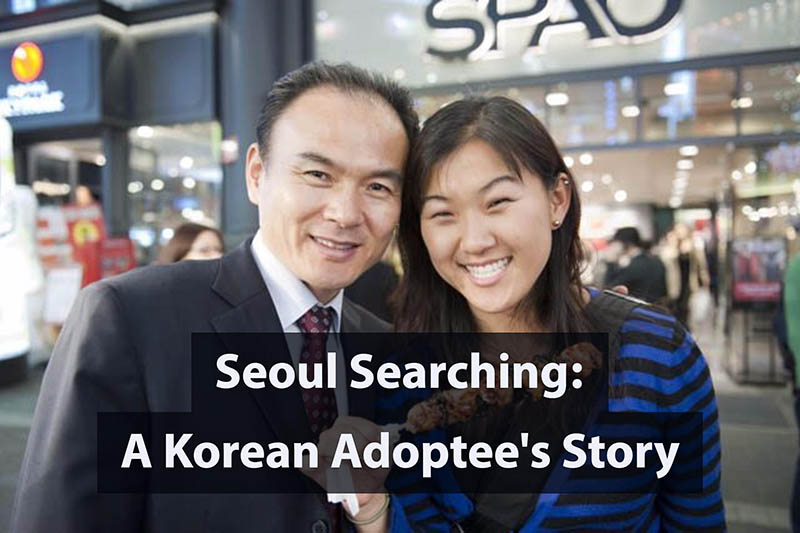
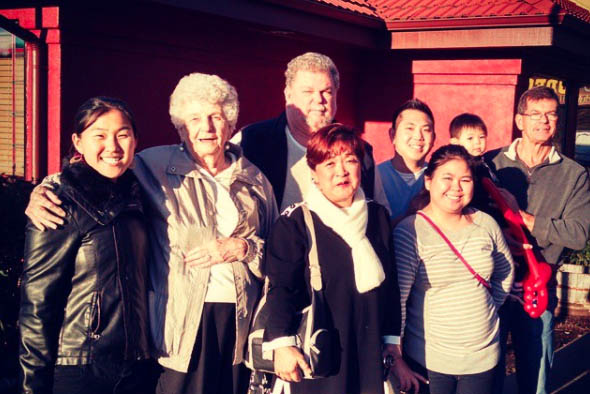
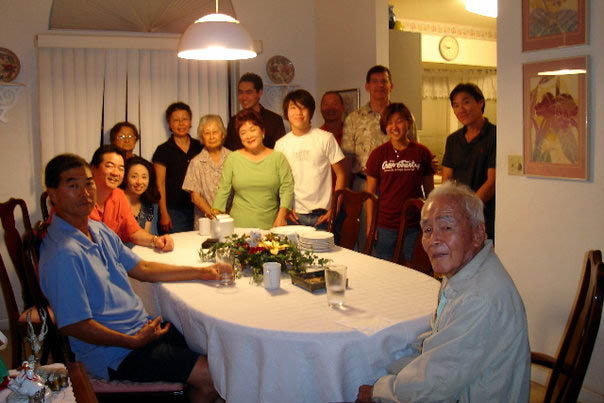
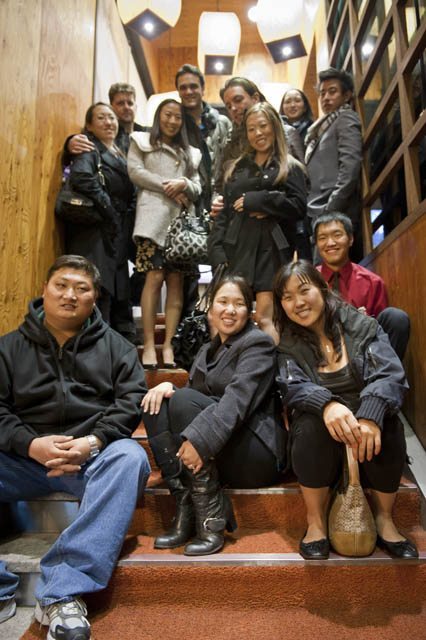
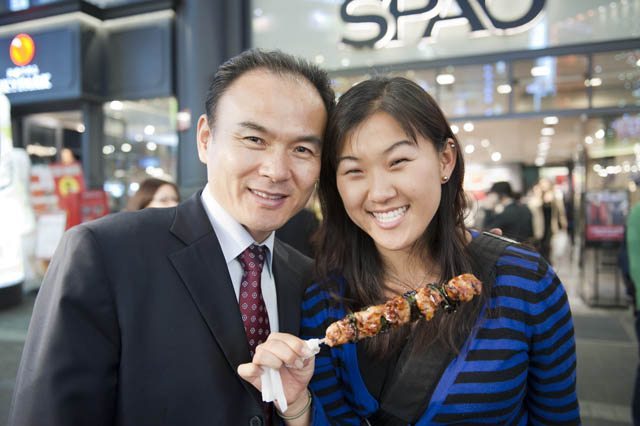

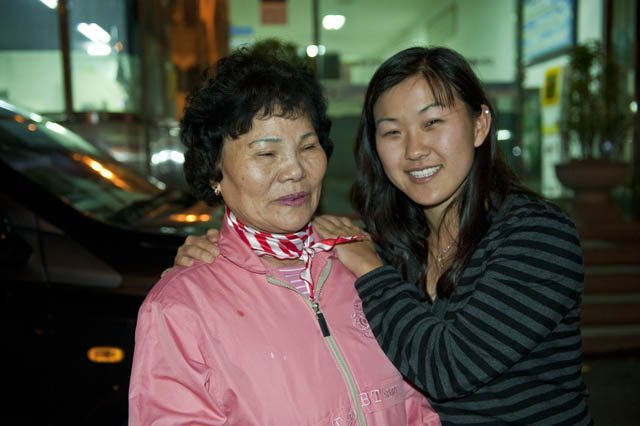
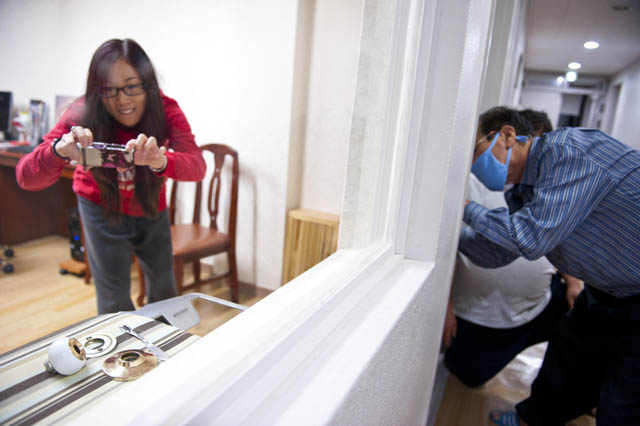
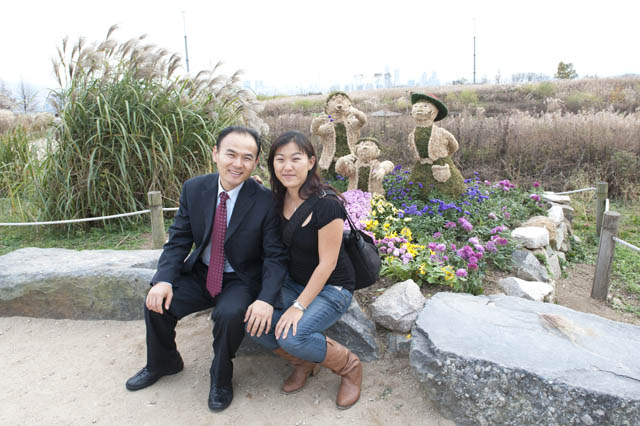
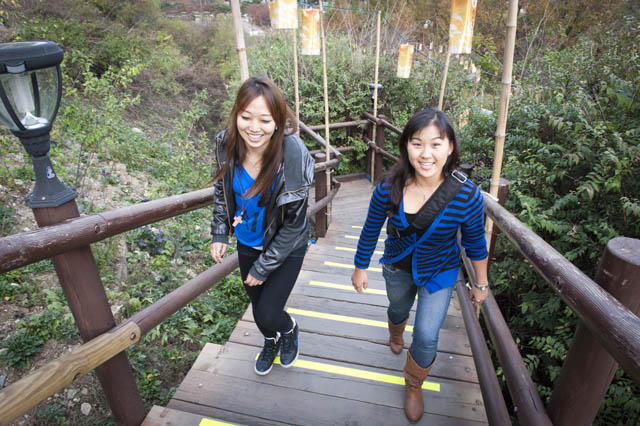
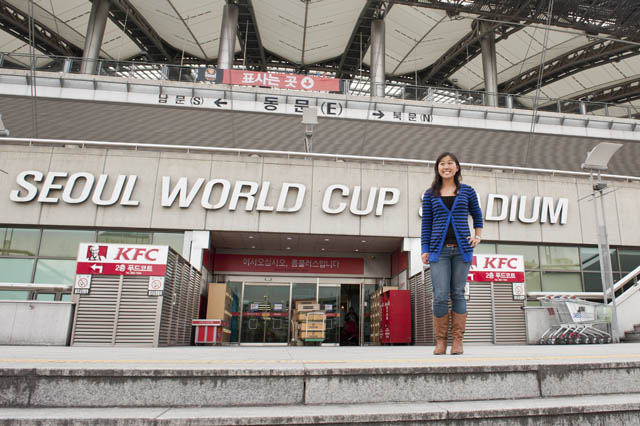
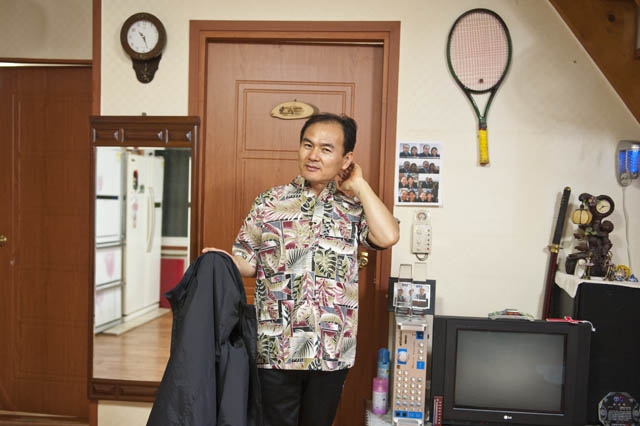
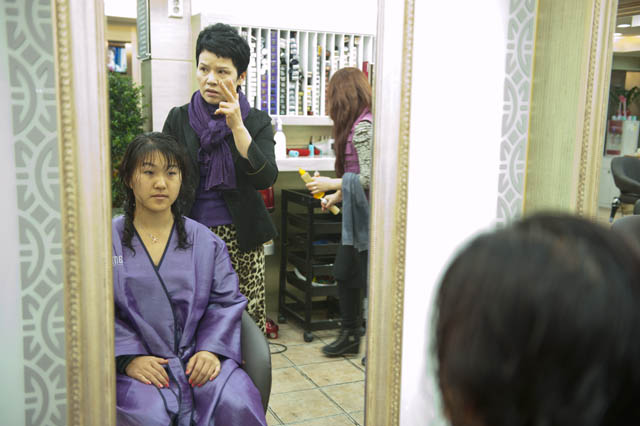
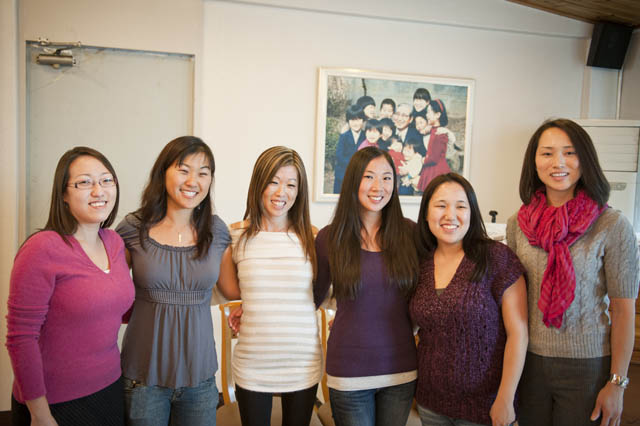
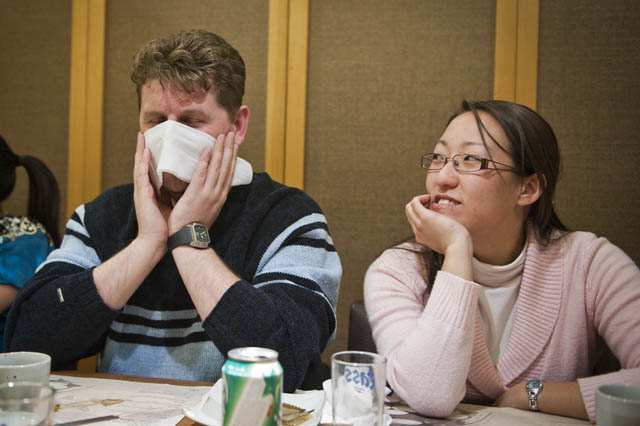
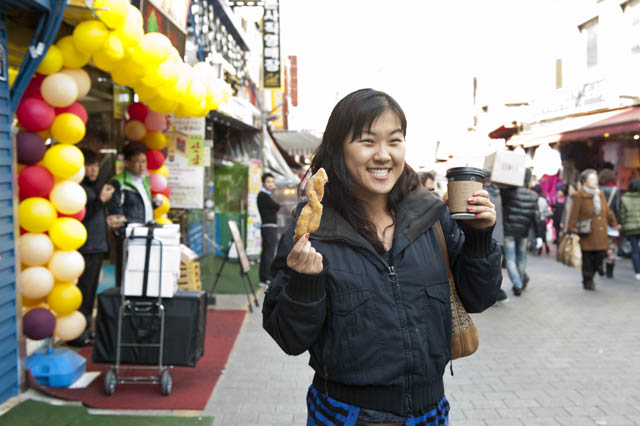
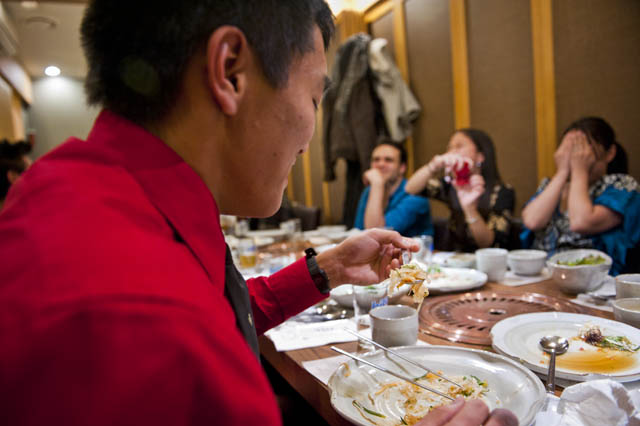
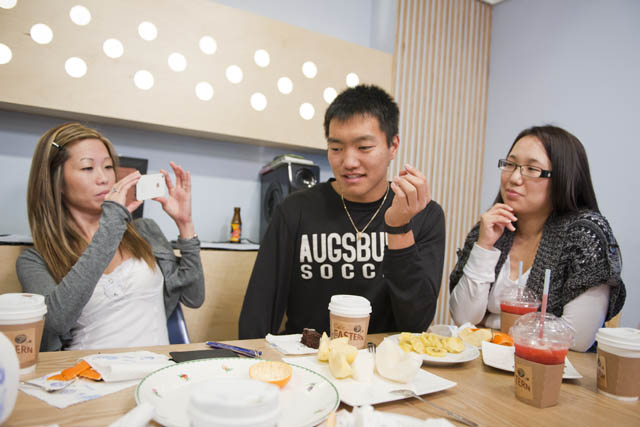
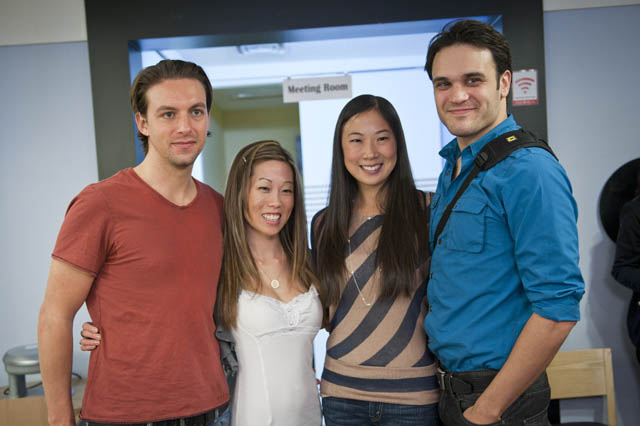
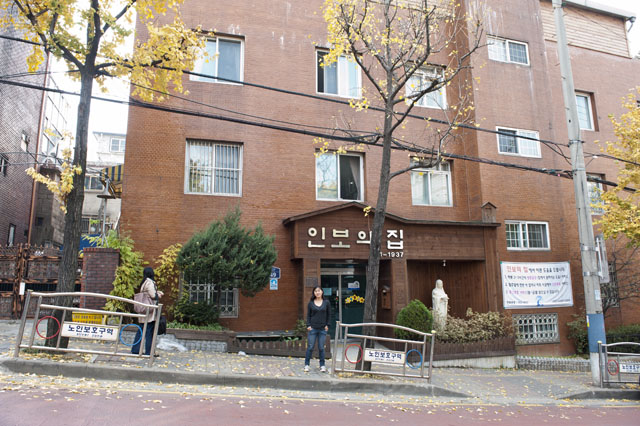
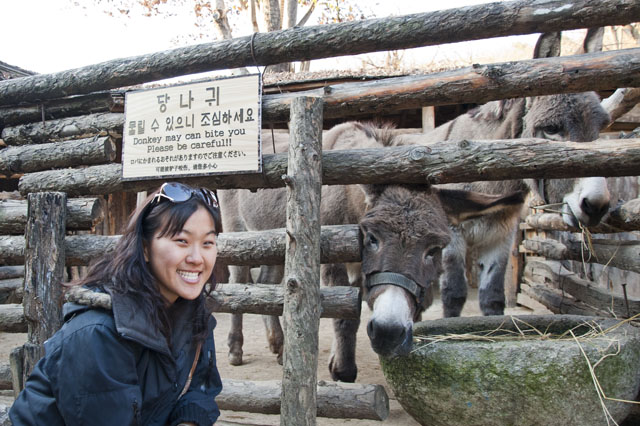
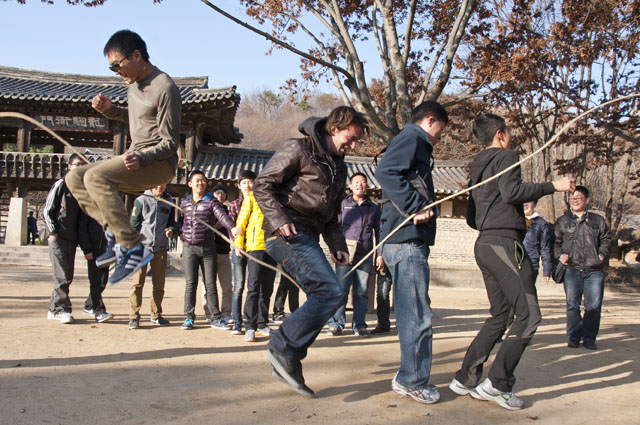
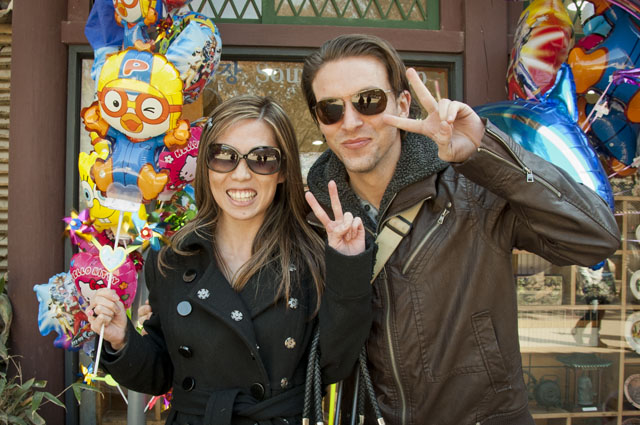
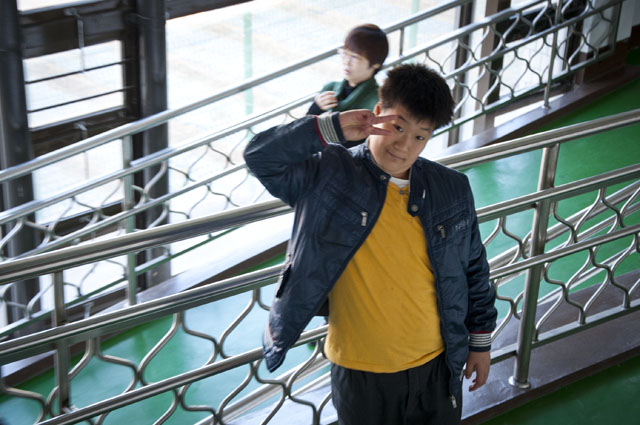
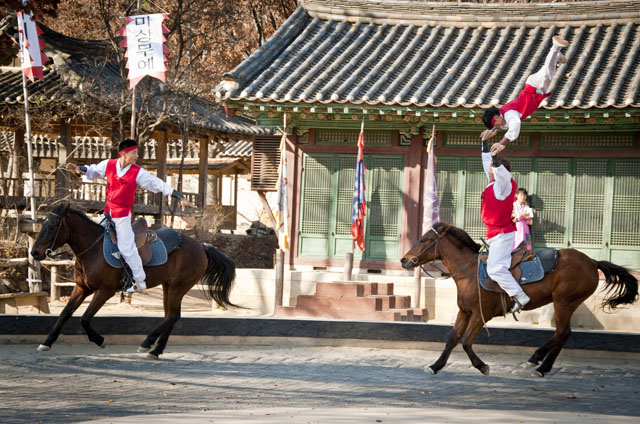
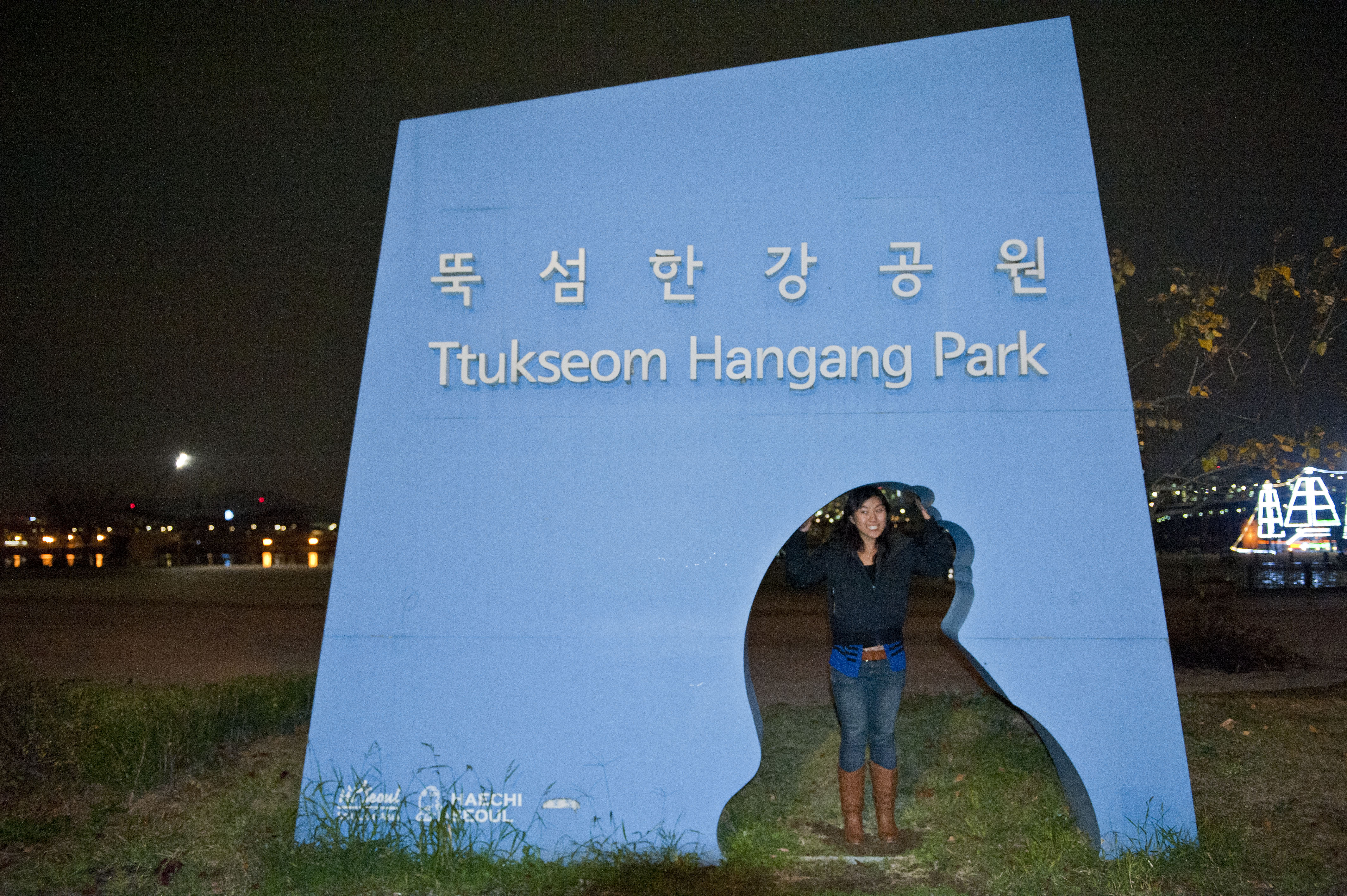
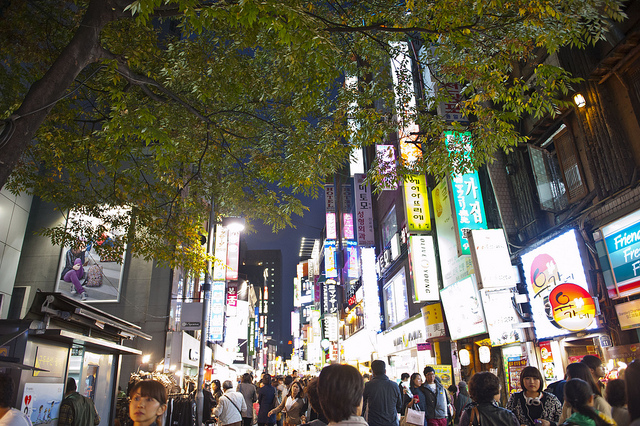
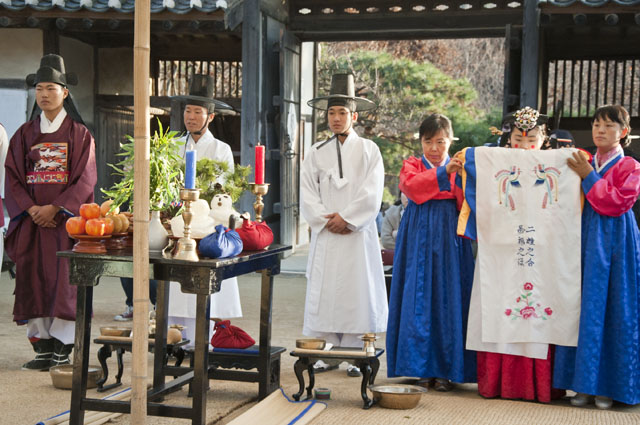
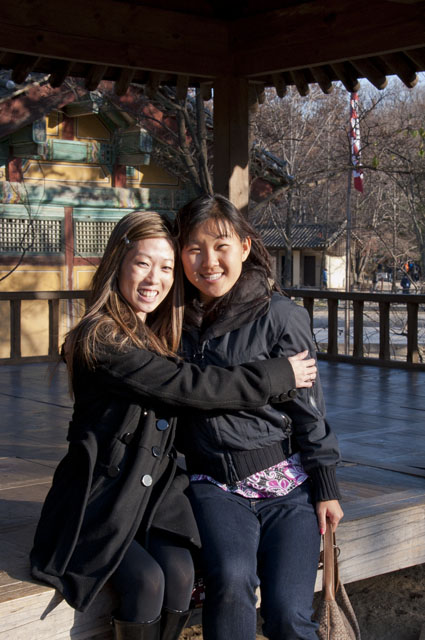
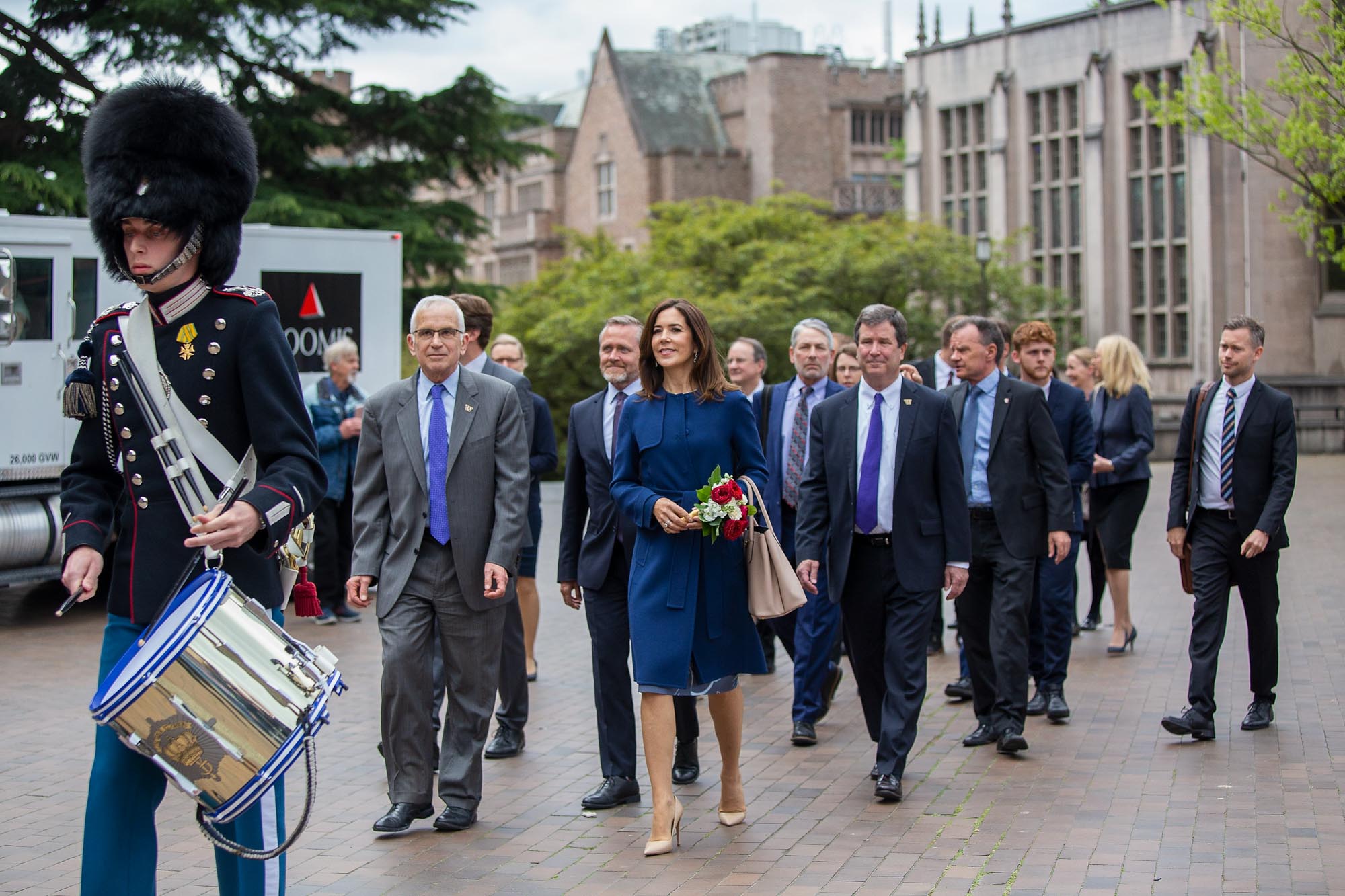
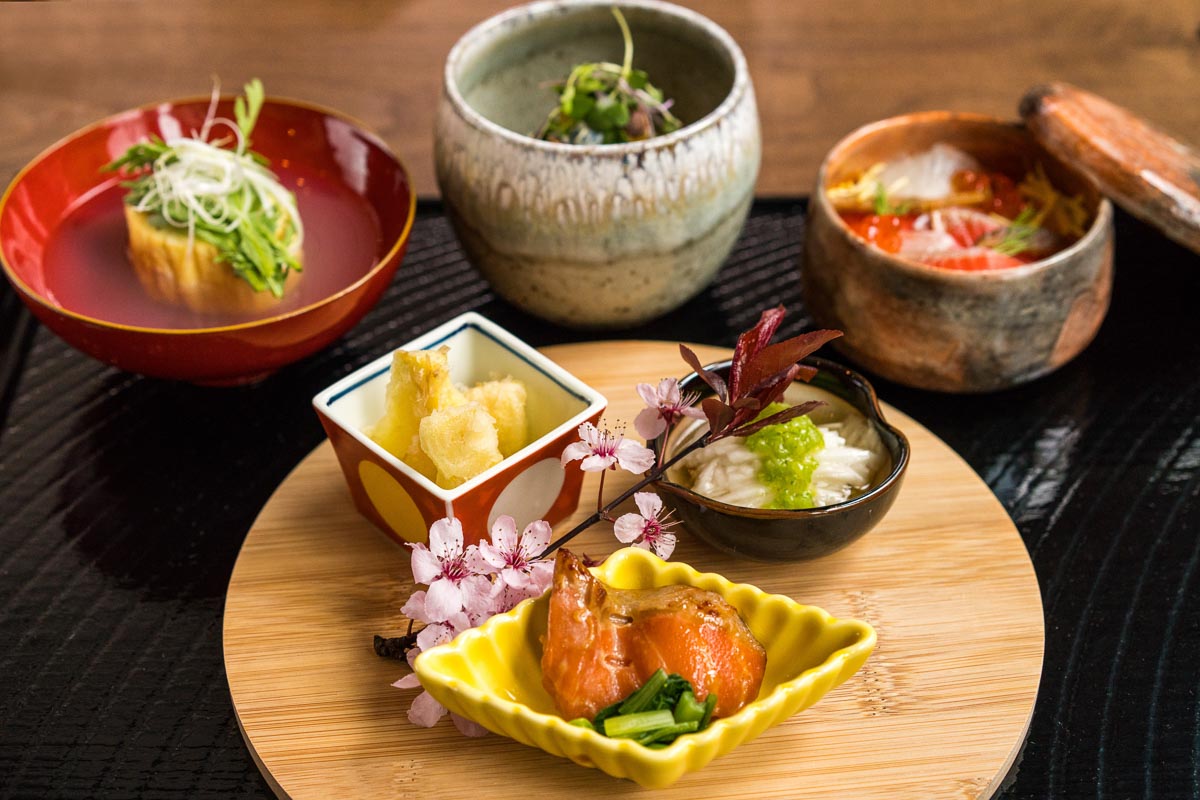

That’s awesome, Suzi! I’m so happy you had the opportunity to go out there and experience all that. It’s amazing to be able to learn more about yourself and where you came from. Hopefully you will become more fluent in Korean or your father in English and you guys can overcome that language barrier!
happy and happy
l enjoyedyour companythe seventh heaven a beautiful my suzi
I’m interested in knowing more of the dialogue that happened with you and your father? He did explain the adoption? What was your adoption story? Did you get dropped off at the police station? Can you fill in the details if the dialogue and emotions if your trip? Thanks!
Hi Jimin,
Thanks for the comment and the questions! To be perfectly honest, I didn’t ask a lot of details about my adoption story. Part of the reason was because I wasn’t comfortable using translators to explain/tell such a personal story–I’d rather hear it directly from my birth father without a translator. I’m not sure how that will work since neither of us know a language to communicate in, but personally if I can’t hear it directly from him in his own words, I’d rather not know the story.
In some ways, I think this speaks to how the dialogue went during my trip. I felt like I could gather bits and pieces of what my birth father was trying to tell me, but I really did not like having to communicate with a translator. As a result, to me the meeting was more of a meet and greet with dialogues that skimmed the surface, but didn’t go particularly deep conversation-wise.
I hope this helps!
Hi Suzi,
I am helping a birth father find his twins/boy and girl. The birth mother was Korean. Her name is Sun Kun Pae born 12/5/1942. Birth mother also had an older son with Japanese birth father. The twins were born 9/10/1967 in Seoul. In looking at the photo of your birth grandmother, she looks very similar to the birth mother I am trying to find. Sun Kun Pae was married to an Army soldier named Allen Thomas. Mr. Thomas has been looking for his twins for over 40 years. He has numerous posts on the web with photos. The older son that stayed with the birth mother would be 2-3 years older that the twin siblings. If your birth father has any info on this, please email me. Mr. Thomas also has a Facebook site with photos and info on this. Thank you for all your help.
Suzi, fabulous website! I’m super impressed and proud at the same time! Enjoyed reading this after 4 years. Brought back good memories. Wish I had documented better.
Aww thanks Chrissy! I’m happy you were able to find my blog entry and remember the trip. It was definitely hard to compress all of my memories and experiences into a short blog, but I made a point to do it, knowing it would be difficult to recall these feelings later. I’m happy to have met you in Seoul!